
This website uses cookies so that we can provide you with the best user experience possible. Cookie information is stored in your browser and performs functions such as recognising you when you return to our website and helping our team to understand which sections of the website you find most interesting and useful.
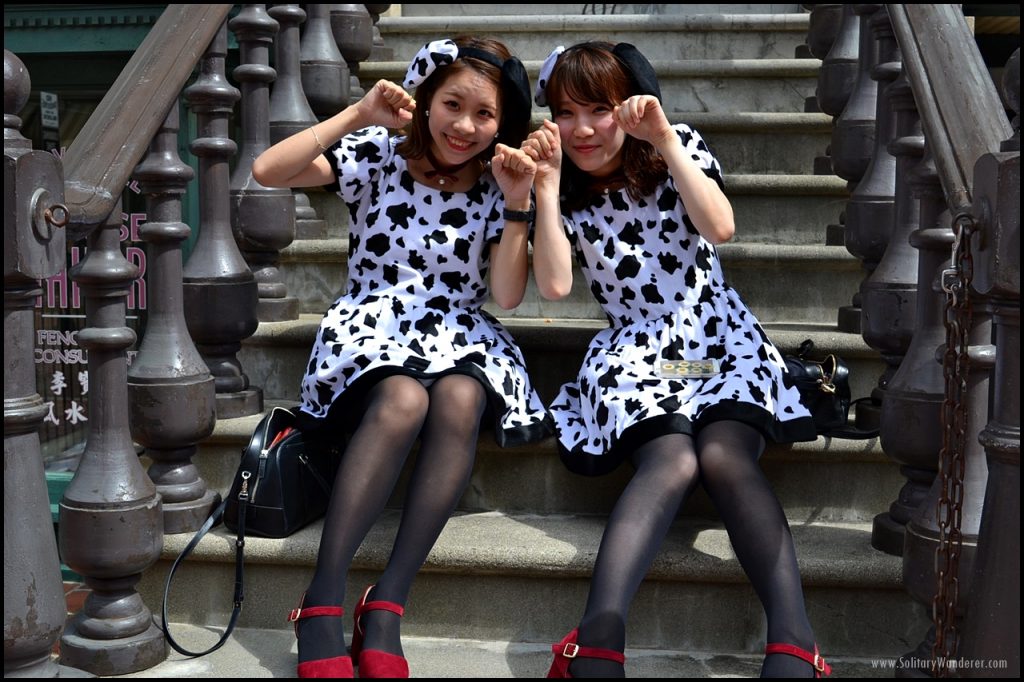
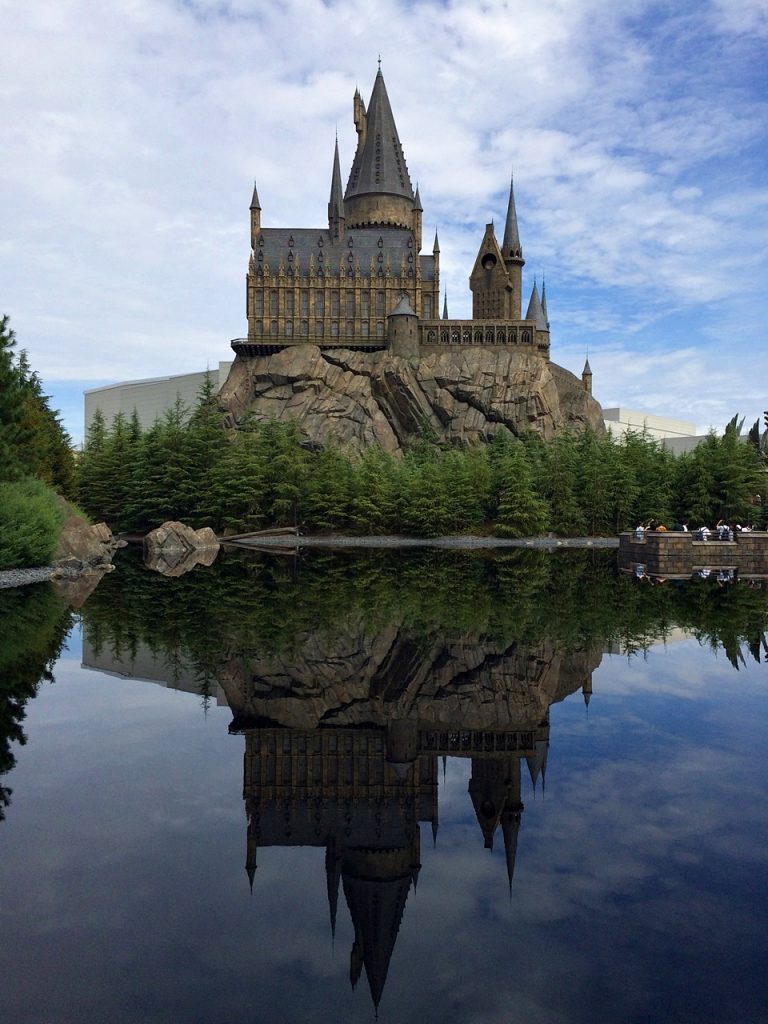
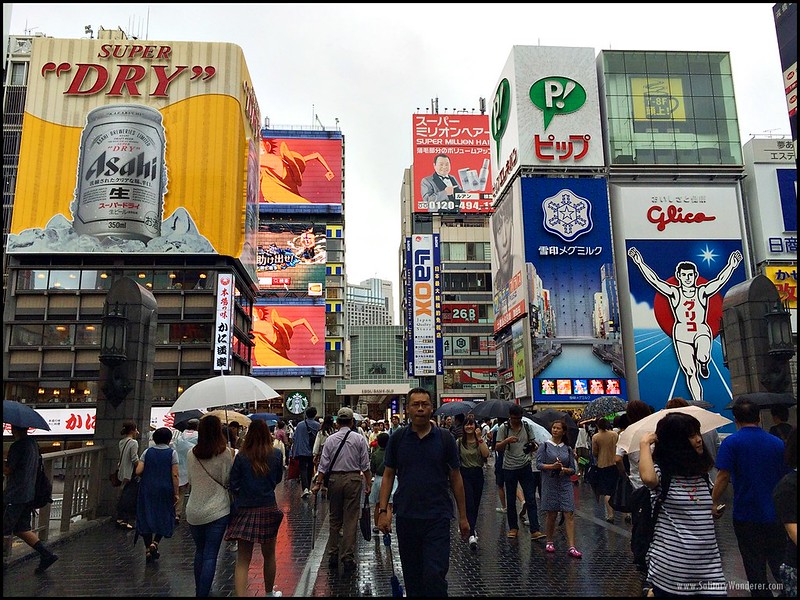
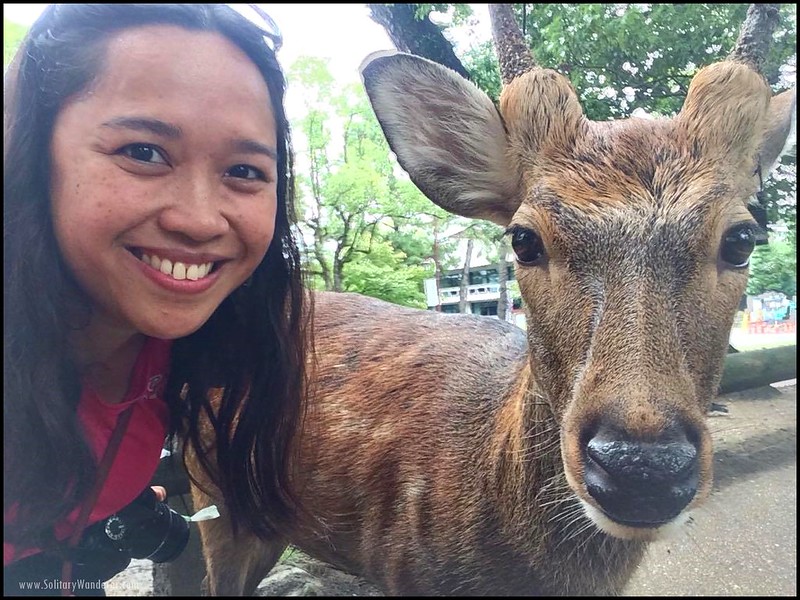
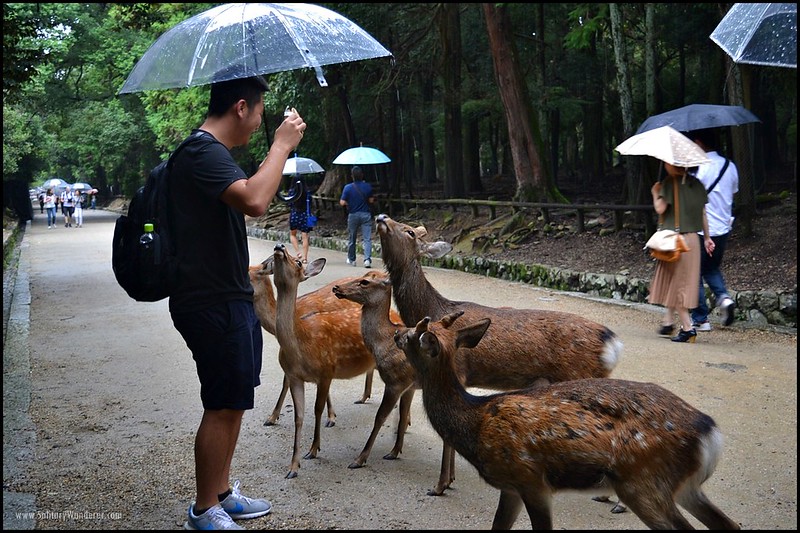
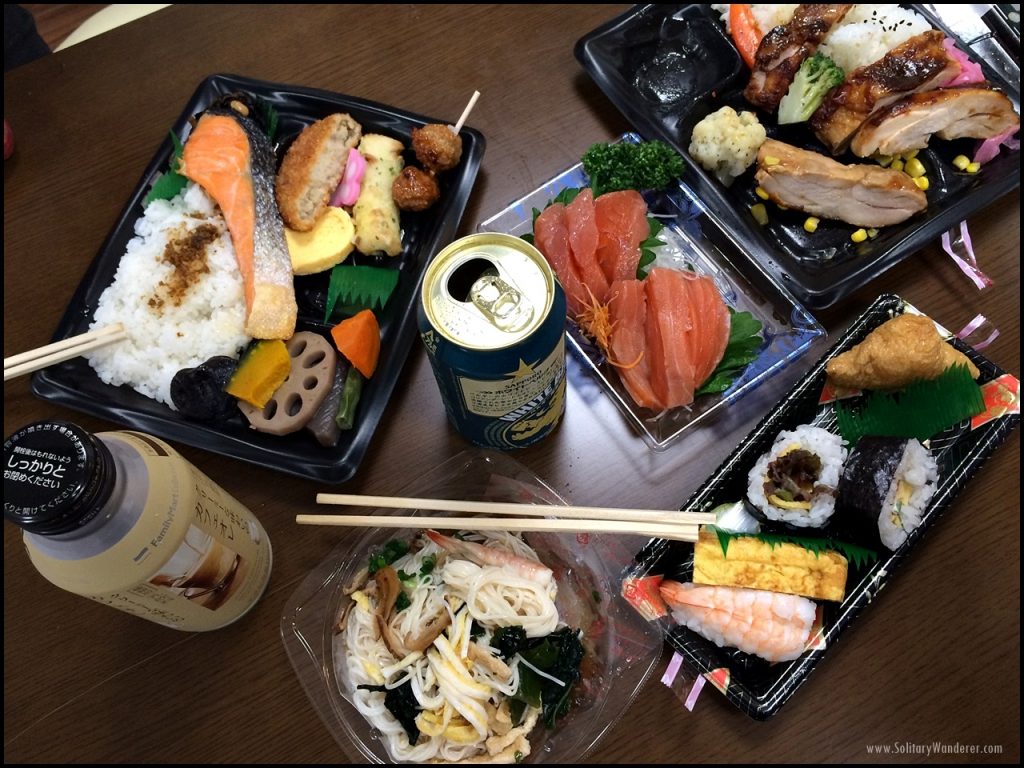
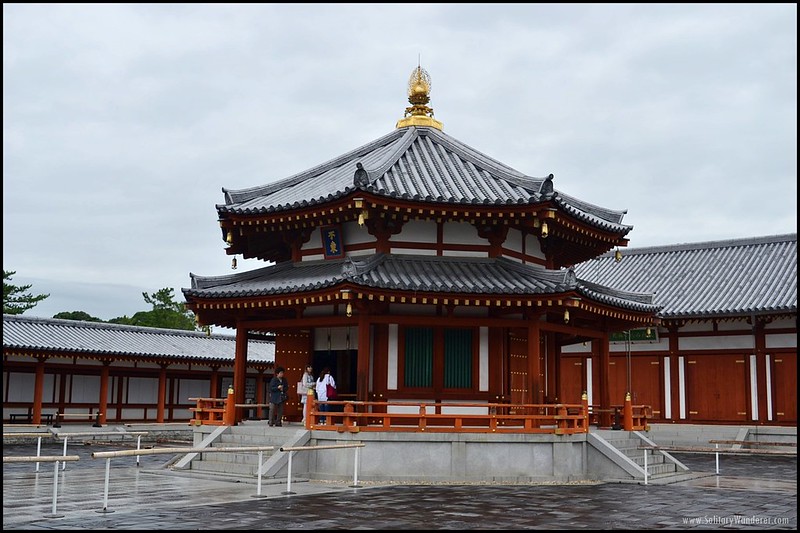
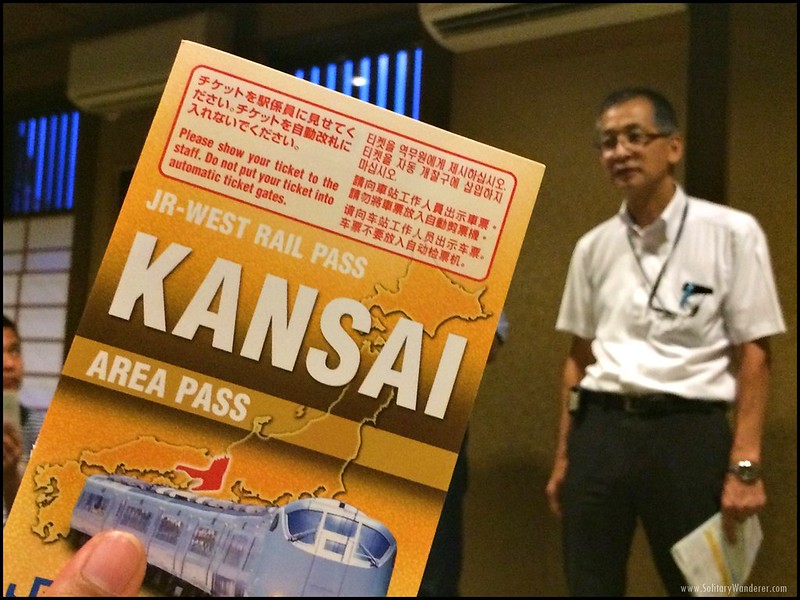

5 Comments. Leave new
The tame deer are the surprising part of this post … around here, they bolt if you breathe in their general direction!
I’ve always been planning to go to Japan. Somehow, it hasn’t materialized…yet. I want to see Kyoto and the old cities and towns. I’m glad to read some of great Japan destinations here so I can plan my trip well. Thanks Aleah!
Yay you went to Japan! I’m planning to go to Osaka for Christmas 2017, so excited to go to Universal Studios too! Also, the Hello Kitty luggage story haha!
Japan is indeed a beautiful place.See you soon!
That is a must visit area of Japan, thanks for sharing. I have to wait when Japan isn’t that pricey anymore.